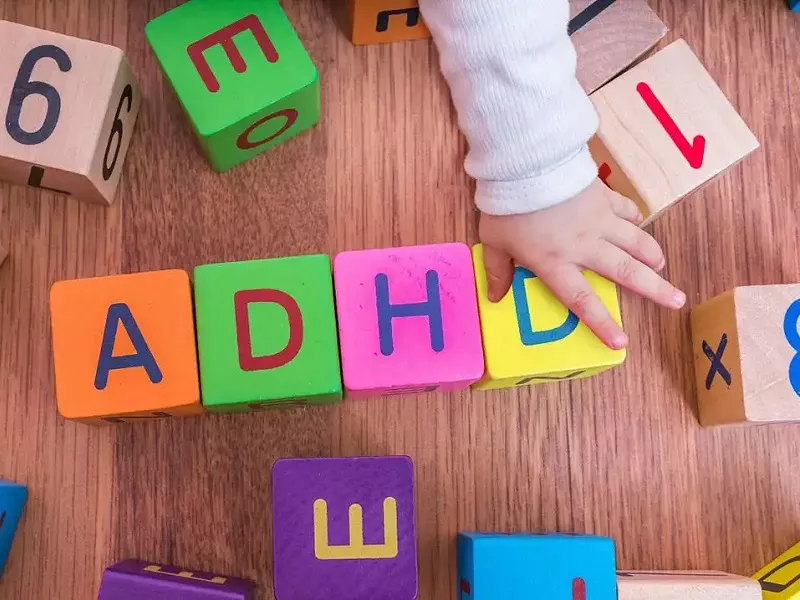Clinicians can choose diagnostic criteria according to their needs. At present, the DSM-IV diagnostic criteria for ADHD are mostly used: A-E is required.
A Symptom Criteria:
1.Attention deficit symptoms: Meets at least 6 of the following attention deficit symptoms, persists for at least 6 months, reaches the level of maladaptation, and is disproportionate to developmental level:
① In study, work or other activities, often do not pay attention to details, and it is easy to make mistakes caused by carelessness;
② It is often difficult to maintain concentration during study or game activities;
③ When talking to him, he is often absent-minded and seems to listen rather than listen;
④ Often fails to complete homework, daily chores or work as directed (not due to confrontational behavior or failure to understand);
⑤ Often difficult to complete organized tasks or other activities;
⑥ Dislike and unwilling to engage in things that require energy for a long time (such as homework or housework), and often try to escape;
⑦ Often lose things necessary for learning and activities (such as toys, textbooks, pencils, books or tools, etc.);
⑧ Easily distracted by external stimuli;
⑨ Often forget about things in daily activities.
2.Hyperactivity/impulsivity symptoms: Meets at least 6 of the following hyperactivity/impulsivity symptoms, persists for at least 6 months, reaches the level of maladaptation, and is disproportionate to developmental level:
① Often keep moving hands and feet, or twisting on the seat;
② In the classroom or other occasions requiring a good seat, often leave the seat without authorization;
③ Often run around excessively or climb up and down in inappropriate situations (in adolescents or adults, there may be only subjective feelings of restlessness);
④ Often unable to play games or participate in leisure activities quietly;
⑤ Often move all the time, as if a machine is driving him;
⑥ often talk a lot;
⑦ Often others rush to answer before they finish their questions;
⑧ Often can’t wait patiently to line up and take turns during the event;
⑨ Often interrupts or interferes with others (such as interrupting when others are speaking or interfering with other children’s games).
B. Criteria for course of disease: Some of the damaging symptoms appear before the age of 7 years.
C. Damage from some symptoms occurs in at least two settings (eg, school and home).
D. Severity Criteria: Clear evidence of clinically significant impairment of social, academic, or occupational functioning.
E. Exclusion Criteria: Symptoms are not present in the course of pervasive developmental disorder, schizophrenia, or other psychotic disorders, nor can they be explained by other psychiatric disorders (eg, mood disorders, anxiety disorders, dissociative disorders, or personality disorders).
TAGS
low self-esteem personality traits rebellious pessimistic emotional intelligence marriage psychology workplace psychology breaking up inferiority complex social phobia psychological adjustment personality test love psychology social etiquette growth psychology autism psychological stress adolescent psychology workplace stress psychological exploration lovelorn social test workplace test love test love at first sight inattention ADHD mental fatigue




























